When North Florida really starts to warm up, I often get numerous calls concerning unknown weeds, identifying foreign plants, and lots of, “Is this poisonous?” questions. In fact, there is not a season that goes by that I don’t add an entirely new plant species or two to my education. Lots of Florida plants, native or not, have that tropical, exotic appearance that just looks poisonous, like bright colors, showy flowers, strange textures, and other unusual features. Producers are smart to question unknown species and try to identify them to protect their livestock from toxicity risks and identify weed issues early. Over the past few months, I’ve been on several site visits and encountered many new-to-me plant species that have sent me digging for answers. Have you seen any of these plants before?
Fourpetal St. Johnswort
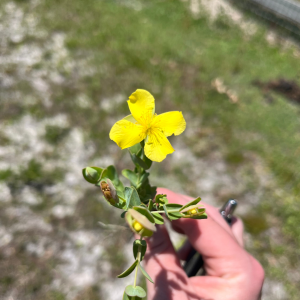
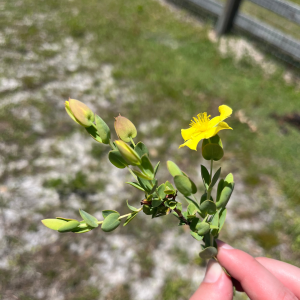
Fourpetal St. Johnswort is an interesting-looking plant that I haven’t seen in pastures before. It has bright yellow flowers, and thick fleshy, light green leaves that clasp the stem. Despite it’s unique appearance, this plant is not toxic, it’s a Florida native that is exclusive to the state and limited areas in Georgia.
Sparkleberry
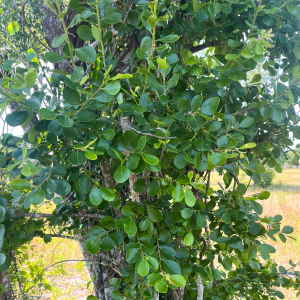

Sparkleberry, often called farkleberry, is a shrub or small tree with an exotic-looking, beautiful flower. Small white bell-shaped flowers hang down like little lanterns when this southeastern native blooms in early summer. This plant is not toxic, and is actually a great food source for wildlife in the fall. Another plant that turns out to be a harmless native. Something we like to see!
Jimsonweed


Jimsonweed has spiny seed pods and large white to purple flowers. The small shrub is thought to be an introduced species, but its exact origin isn’t known. Apart of the nightshade family, jimsonweed is known to be a toxic plant, but the odorous, sticky plant is usually avoided by livestock. Still, be on the look out for this peculiar plant in your pastures; accidental poisonings can occur when forage is scarce.
Clasping Heliotrope
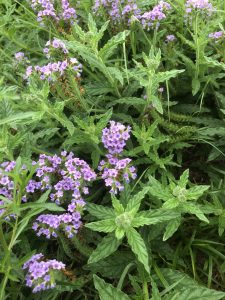
This bright purple flower was not like any weed I had seen in a pasture before. Mostly grown as a garden ornamental, heliotropes have gorgeous bright purple flowers and deep green pubescent leaves and stems. Originally from South America, clasping heliotrope is a nonnative in the southeast. Some sources consider it invasive. However, the plant’s invasive status hasn’t been officially assessed by UF/IFAS Assessment of Non-Native Plants in Florida’s Natural Areas. Th plant can be poisonous if consumed in large quantities, but is not considered a huge risk for livestock. On the off chance you do find it out there, might be best to get rid of it!
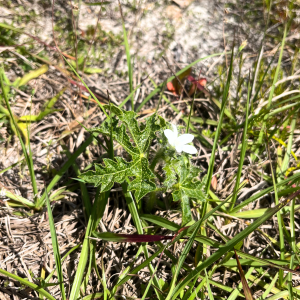
Tread Softly
A small but intimidating plant that earns its names from the stinging spines covering the leaves and stems. The plant also goes by bullnettle, spurge nettle, and finger rot. Aside from the painful rash it might give you, tread softly is considered lowly toxic and not a major concern. The tread softly is another native species, and loved by pollinators. While it might not be our favorite plant to run into, I’ll take an unproblematic native any day!
We are constantly running in to new plants in our pastures. It’s a good idea for producers to be on the lookout and regularly scout pastures to identify new weeds. Finding problems early makes them much easier and cheaper to manage. Don’t forget to reach out to your extension agent for assistance in identifying a weed, or with other problems you might be facing. I may not know every weed yet, but going on site visits and encountering new things is my favorite part of the job!
 2
2
